Top speed 354 km/h Length 13 m Weight 2,948 kg | Wingspan 17 m Cruise speed 306 km/h Engine type Wright Cyclone series | |
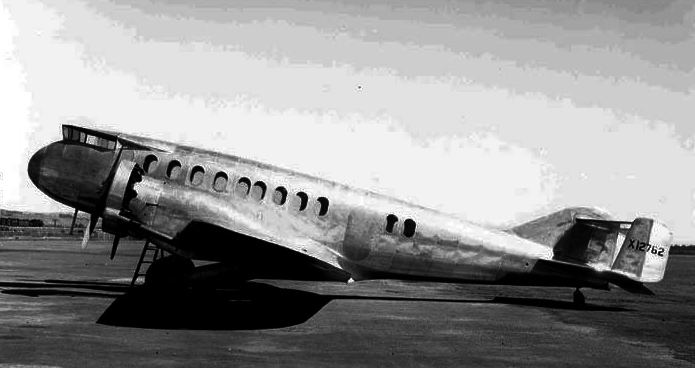 | ||
Manufacturer Capelis Safety Airplane Company Ltd. | ||
The Capelis XC-12 was a failed 1933 aircraft design that most notably was used as a prop in the 1939 film Five Came Back with Chester Morris and Lucille Ball, the 1942 war film The Flying Tigers starring John Wayne, and the 1942–1943 war film Immortal Sergeant with Henry Fonda, Thomas Mitchell, and Maureen O'Hara. The aircraft featured unusual twin horizontal tail structures supported by three vertical tail surfaces. Construction and finishing methods involved using sheet metal screws which ultimately led to the abandoning of the project.
Contents
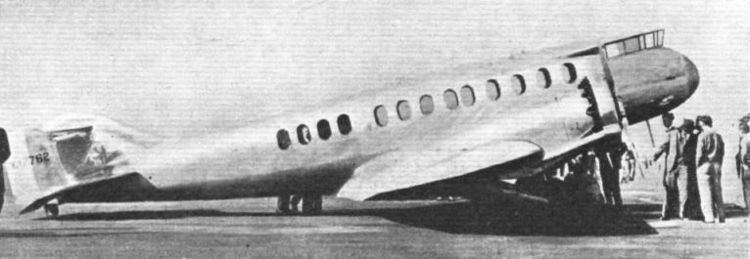
Design and development
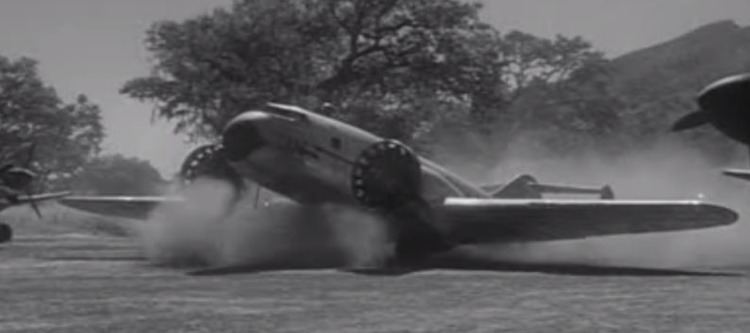
The original design by Socrates H. Capelis was issued U. S. patent #1,745,600 in 1930. The patent comprised a modified application with a half-span dorsal wing mounted rearward and on top of the cabin two additional engines mounted on the wings. The project was funded by local Greek restaurateurs as a promotional aircraft; it was constructed with help from University of California students.

A less radical design by Dr. John E. Younger featured all-metal construction; the aircraft was built as an all-metal, low-wing, retractable gear, twin engine transport with a triple vertical tail supporting a dual (biplane arrangement) horizontal stabilizer. The wing used a large box-spar construction with corrugated skin panels. The partly retracting landing gear extended automatically when the throttle was closed.
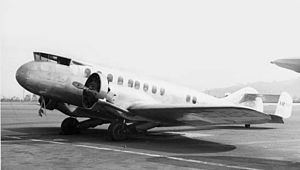
Following a 1938 incident, the XC-12 was modified at Glendale, California: The forward slanting eight-piece windshield was modified to a four piece that slanted rearward, and the passenger windows were squared off to look more like a Douglas DC-3.
Operational history
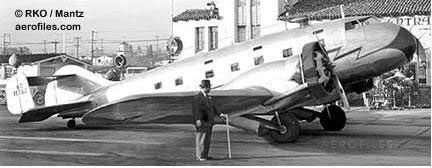
On April 15, 1938, the XC-12 suffered minor damage from a forced landing after running out of fuel while flying over Fresno, California. The main wing spar construction was bolted together, and many of the metal skin panels were attached with PK sheet metal screws rather than with permanent rivets. These tended to vibrate loose, requiring tightening or replacing every few flights, constituting a safety hazard that would later ground the aircraft. With promotional tours abandoned after the 1938 crash, the aircraft's flying career was over.
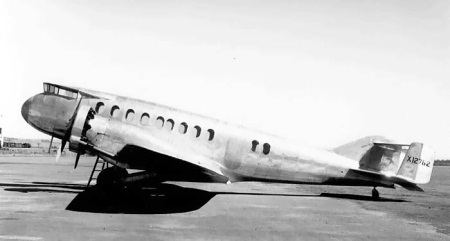
The XC-12 was then purchased by RKO in March 1939, after which the studio's insurance company permanently grounded the aircraft. Used as a full-size prop, the transport appeared only in ground roles in RKO's feature films made during World War II; flying sequences used a scale XC-12 shooting miniature. The aircraft became a RKO back lot relic, falling into worse repair during the 1940s until it was completely scrapped some time around 1950. The XC-12 miniature continued to be used in later feature films.
Filmography
Specifications (XC-12)
Data from skyways
General characteristics
Performance
